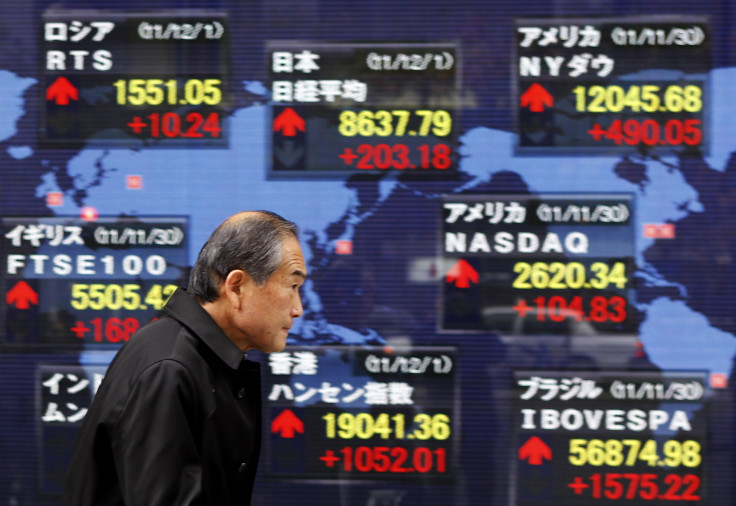Analysis: Japanese Prime Minister Fails To Account For Japan's Rapidly Aging Population In His Economic Reforms, Known As 'Abenomics'

The proposed economic reforms of Japanese Prime Minister Shinzō Abe fail to address one of Japan’s most pressing problems: the fact that by 2050 the number of Japan’s rapidly aging population will be about twice the number of workers, the Japanese Statistics Bureau said Friday.
Owing to years of low birth rates, the Japanese population is aging faster than that of other countries, according to the Organization for Economic Cooperation and Development. The population started shrinking in 2005, and the working population peaked in 1995. By 2050, each elderly Japanese will be supported by just 1.9 workers, down from 10 in 1950. Abe’s deregulation proposal will not be able to offset that demographic shift, Quartz reported.

Abe’s plans include some efforts to get women into the workforce, which could slow the impact of the aging problem, but those reforms are minor. Traditionally, 70 percent of Japanese women leave the workforce to have children – more than twice the rate in the U.S. and Germany – and less than half of them restart their careers post-childbirth, according to CNN. Closing the gender gap in Japan would add about 8.2 million workers to the workforce, a sizeable addition.
However, it takes more to address Japan’s aging problem, which grows more critical as more elderly people leave the workforce and begin to depend on social services. Other Western countries have encouraged immigration to combat a shrinking native workforce, but Japan’s policies are not exactly inviting for foreign workers.
By the United Nations' estimation, Japan needs an annual influx of 400,000 immigrants between 2005 and 2040 just to avoid the country's population from shrinking. These newcomers would bump Japan’s gross domestic product up to 50 percent higher in 2040 than it would be otherwise. Some 700,000 to 800,000 would be needed to increase the labor force by 1 percent annually. Immigrants would also expand Japan’s tax rolls, which can be used to address its heavy debt load – a projected 240 percent of its GDP by 2014, Quartz reported.
As of 2011, Japan had about 2.07 million foreigners, and immigration has slowed since the 2011 earthquake. One in three foreign workers in Japan is an unskilled temporary worker. Other major groups of foreign workers include those who are highly skilled, such as doctors and computer scientists; foreign-born workers of Japanese descent; and trainees who work in Japan for free.
Japan’s immigration system is essentially hostile to all of these groups, Quartz said. The system also fails to focus on the correct demographic: Japan has a glut of highly skilled workers, but it needs more people who are not as specialized and educated, to take on jobs of a lower order.
"To a large extent they’ve automated a lot of their higher-end industries, so it would be helpful to bring in people at the lower end to take on service-sector jobs,” said Bhaskar Chakravorti, executive director for the Institute for Business in the Global Context at Tufts University. “It could be a self-reinfocing cycle that could turn many of [Japan’s] challenges around.”
A major opportunity lies in elder care and child care, areas that could likely bring more women and immigrants into the workforce. Because they are labor-intensive, both elder care and child care could provide a lot of jobs in Japan.
At the moment, unfortunately, Japanese citizens are not legally allowed to hire foreign domestic help, Quartz reported. Only high-rank foreigners, such as diplomats and investors, may sponsor domestic helpers. A good solution would have been to relax this law and bring in foreign workers, but given that Abe did not mention immigration in his recent speech on economic reforms, it doesn't seem that a solution will be coming any time soon.
© Copyright IBTimes 2024. All rights reserved.





















